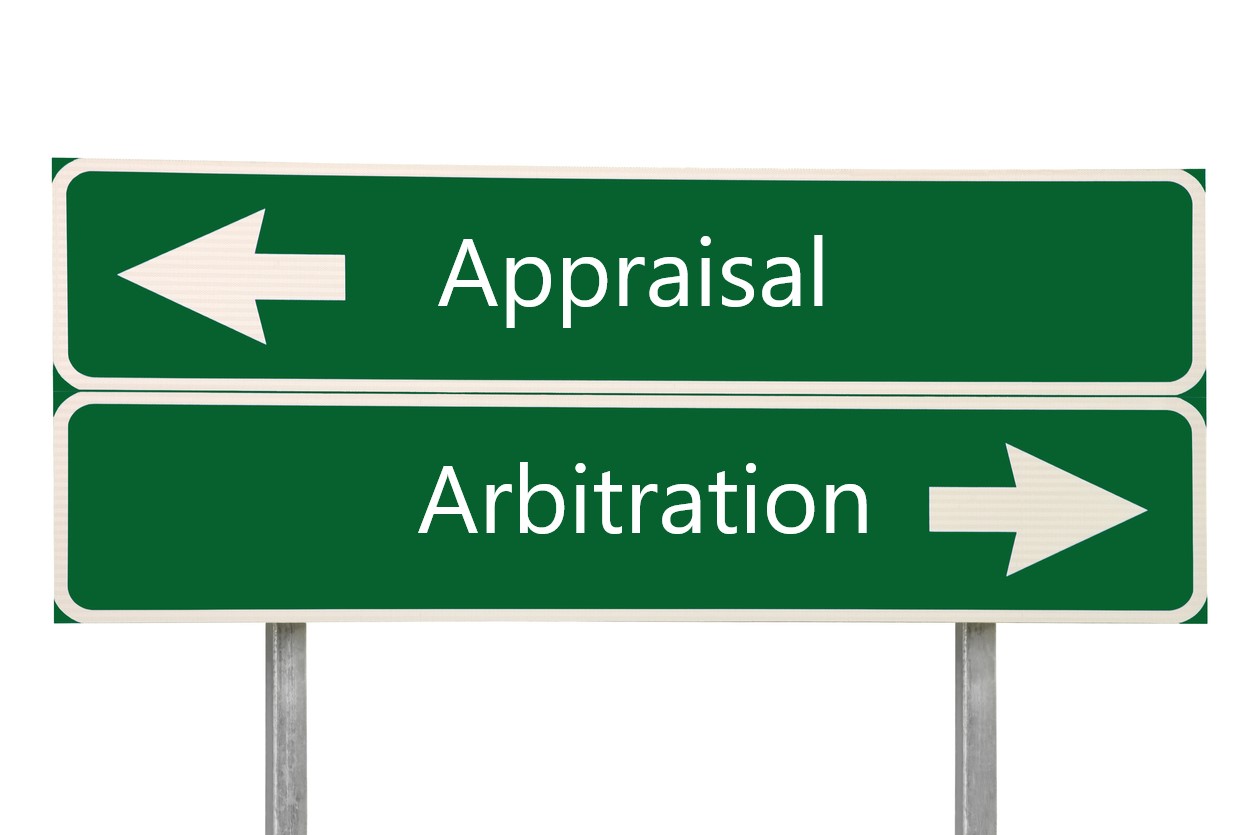I recently was involved in a lawsuit in which the insurer paid for some of the costs incurred by the insured in repairing his building following a loss. The insurer’s payment was based on a repair cost estimate prepared by its independent insurance adjuster. The insurance policy provided for payment of a loss on a “replacement cost” basis. The only limitations or conditions on the payment of replacement cost benefits were (1) the repairs must be made within a reasonable time after the loss and (2) the payment will not exceed the amount spent on the repairs. Both requirements were satisfied in my case. The repairs were completed within a few months of the loss and the insured was not seeking to recover more than the amount spent on the repairs.
Anticipating that the insurer would use its independent adjuster’s repair estimate to demonstrate that the amount spent on repairs was excessive and unreasonable, I filed a motion in limine to bar its use at trial.1 Although the matter settled before the court ruled on it, the motion set forth the following arguments why a repair cost estimate, which is nothing more than a hypothetical or theoretical guess of the probable cost of repairs,2 is simply not relevant when repairs are based on actual, incurred costs.3
First, the policy did not limit or condition a replacement cost payment to the necessary amounts spent to repair or to replace the property, like many property insurance policies do.4 Nor did the policy limit or condition its replacement cost payment to those reasonable amounts spent to repair or to replace the property, as some property insurers have.5 Because the policy did not limit or condition the insurer’s replacement cost payment to only those reasonable and necessary amounts spent to repair or replace the property, the estimate prepared on the insurer’s behalf was irrelevant to the extent it was offered to demonstrate the amount spent on repairs was unreasonable and unnecessary.
Second, under Illinois law, it is impermissible for a court to “redraft insurance policy language to fit the preferred interpretation of the drafter, particularly after the insurable event has occurred and a claim is pending.”6 If the insurer, as the drafter of its policy, wanted to limit or condition its replacement cost payment to only those reasonable and necessary amounts spent to repair or to replace the property, then it could have and should have drafted it accordingly. It did not.
Finally, none of the cases cited by the insurer supported the use of an estimate as a basis of measuring replacement cost when property is repaired or replaced after a loss.7 Rather, the cases established that: a necessary condition to recovering replacement cost benefits is the actual repair or replacement of property; when property is not repaired or replaced after a loss, the insured’s recovery is limited to actual cash value; and, in calculating actual cash value, defined in Illinois as repair or replacement cost less a deduction for physical depreciation, it is permissible to use an estimated repair or replacement cost as the starting point to ascertain actual cash value.
If the insured did not repair the loss, then he would be limited under the policy to actual cash value, in which case the estimate would be relevant. But, the insured repaired his property, triggering replacement cost benefits. Therefore, an estimate is simply not probative of, and is irrelevant to, determining replacement cost when property is repaired or replaced after a loss and the incurred costs to do so are certain and verifiable.8
_________________
1 Motions in limine enable the court in advance of trial to rule on the admissibility of evidence, which promotes a trial free of prejudicial material and avoids highlighting the evidence to the jury through objection. Konieczny v. Kamin Builders, Inc., 304 Ill. App. 3d 131, 709 N.E.2d 695 (1999).
2 Dictionary.com defines an “estimate” as “an approximate judgment or calculation, as of the value, amount, time, size, or weight of something.”
3 Under Illinois Rule of Evidence 401, relevant evidence means evidence having any tendency to make the existence of any fact that is of consequence to the determination of the action more probable or less probably than it would be without the evidence. Under Illinois Rule of Evidence 402, evidence which is not relevant is not admissible.
4 See, e.g., Area Erectors, Inc. v. Travelers Prop. Cas. Co. of Am., 2012 IL App (1st) 111764, 981 N.E.2d 1120 (Ill. App. 2012).
5 See, e.g., C & S Mfg. Corp. v. U.S. Fire Is. Co., 993 F.2d 1304 (7th Cir. 1993).
6 Lyon v. Lumbermens Mut. Cas. Co., 207 Ill. App. 3d 730, 735, 566 N.E.2d 388, 392 (1st Dist. 1990).
7 Higginbotham v Am. Fam. Ins. Co., 143 Ill. App. 3d 398, 493 N.E.2d 373 (1991) and Carey v. Am. Fam. Brokerage, Inc., 391 Ill.App.3d 273, 909 N.E.2d 255 (2009).
8 See, Edgewood Manor Apt. Homes, LLC v. RSUI Indem. Co., 733 F.3d 761, 775 (7th Cir. 2013) (“The repair requirement has a more concrete function: It ensures that replacement cost is valued accurately. In the absence of actual repair, the claim would be based on estimates; when actual repairs are completed, the replacement-cost valuation becomes certain and verifiable.”).




